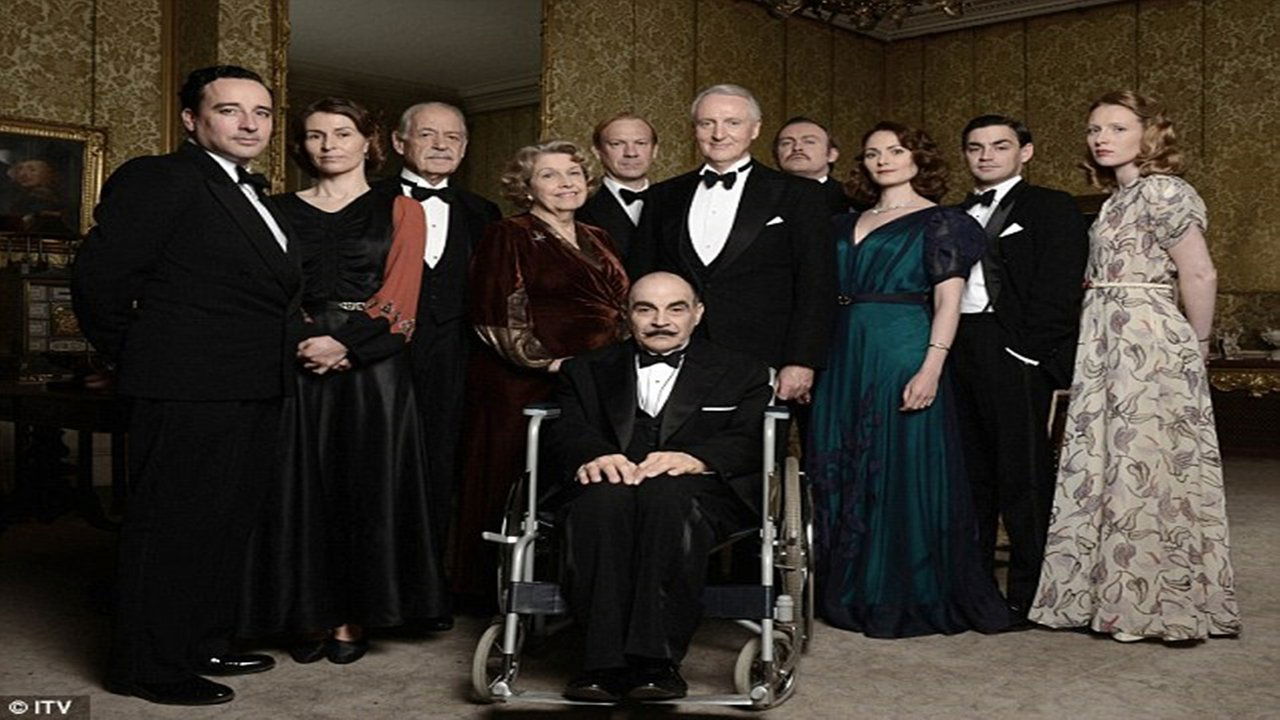


Hastings doesn’t seem to have evolved much in the last half-century.) The fact that Christie wrote this in the ’40s, before the developments of Poirot’s life, has both positive and negative traits. At the same time, though, it follows logically from the maturation of both writer and character. "Curtain" is a most unusual Christie novel, and an even more unusual Poirot one. The mystery is well put together, although the focus on our investigators means that there is less characterisation than usual for the suspects. By returning them to Styles – the site of their first case in "The Mysterious Affair at Styles" fifty-four years earlier – Hastings and Poirot, the former a widower and the latter crippled, come full circle. It’s also one of her most shocking twists, and a book that brings a powerful and definite end to the tales of Poirot and Hastings. As such, it is one one level a welcome return to form after the previous books in the Poirot series – such as "Elephants Can Remember" - which fail to impress on any level. Like "Sleeping Murder" - the last Marple published, if not necessarily the chronological end to her tales – "Curtain" was written in World War II as a back-up, and finally published shortly before Dame Agatha’s death, when it was clear she would write no more novels. In which two old friends are reunited, to solve their last crime at the place they solved their first…


 0 kommentar(er)
0 kommentar(er)
